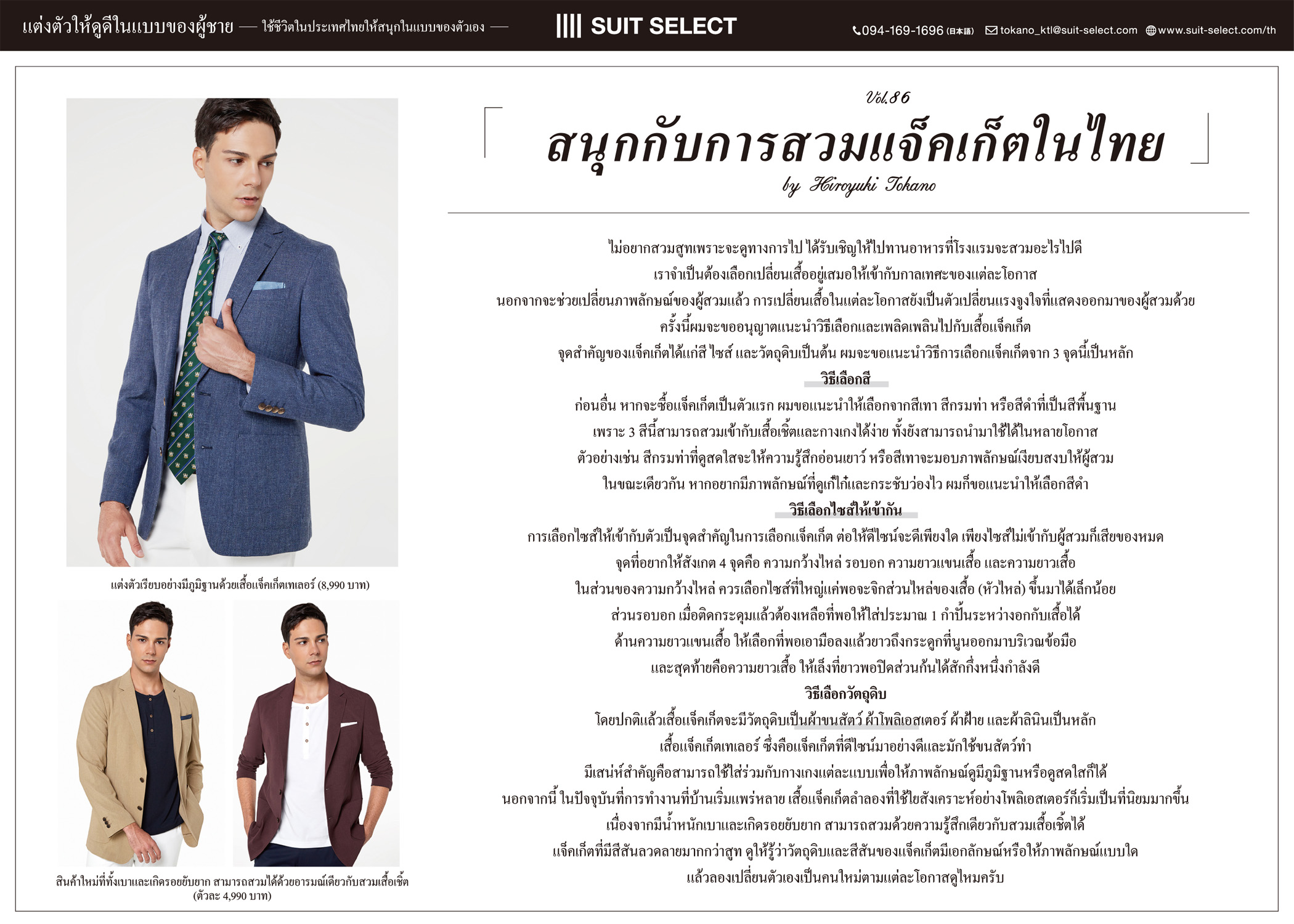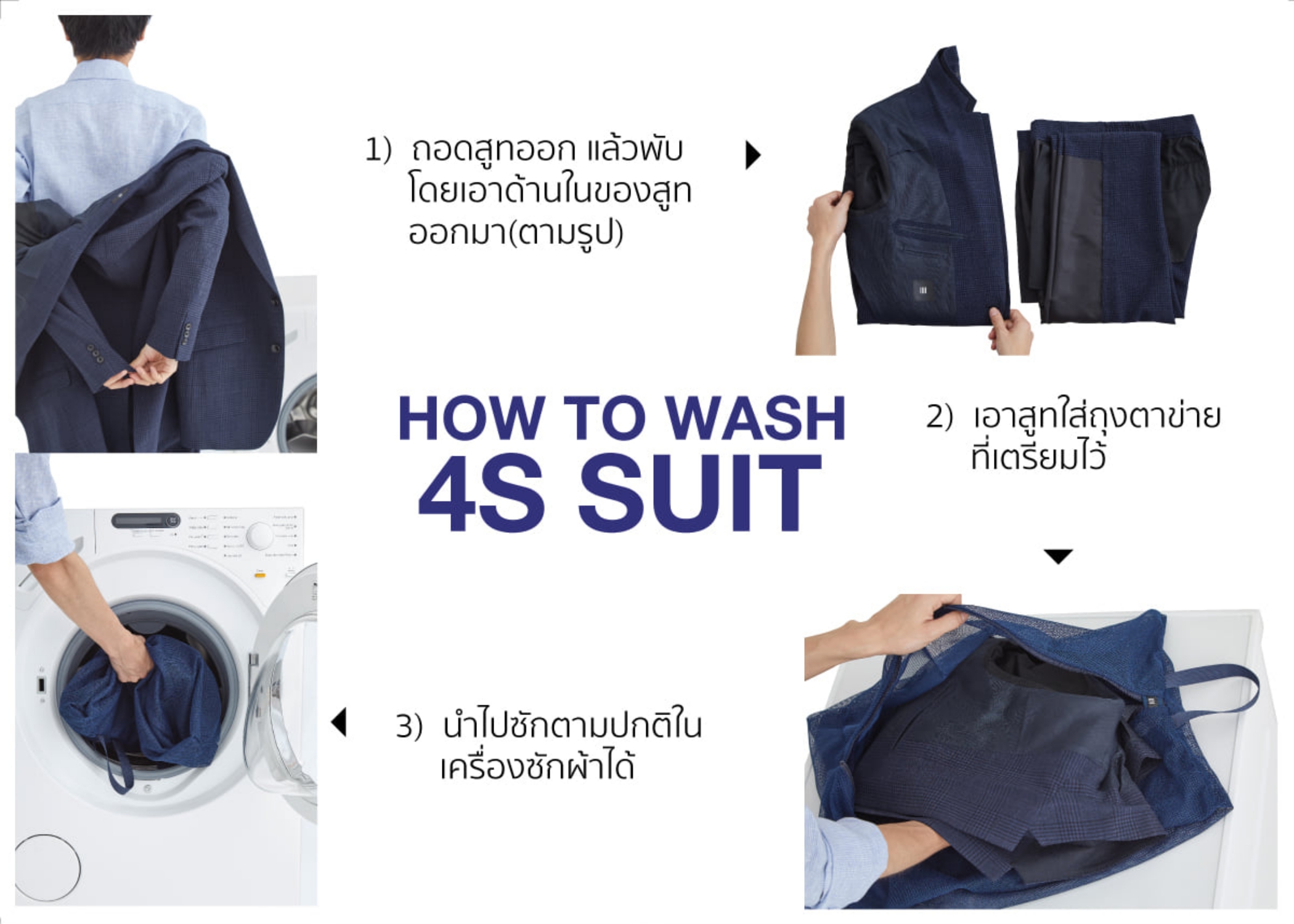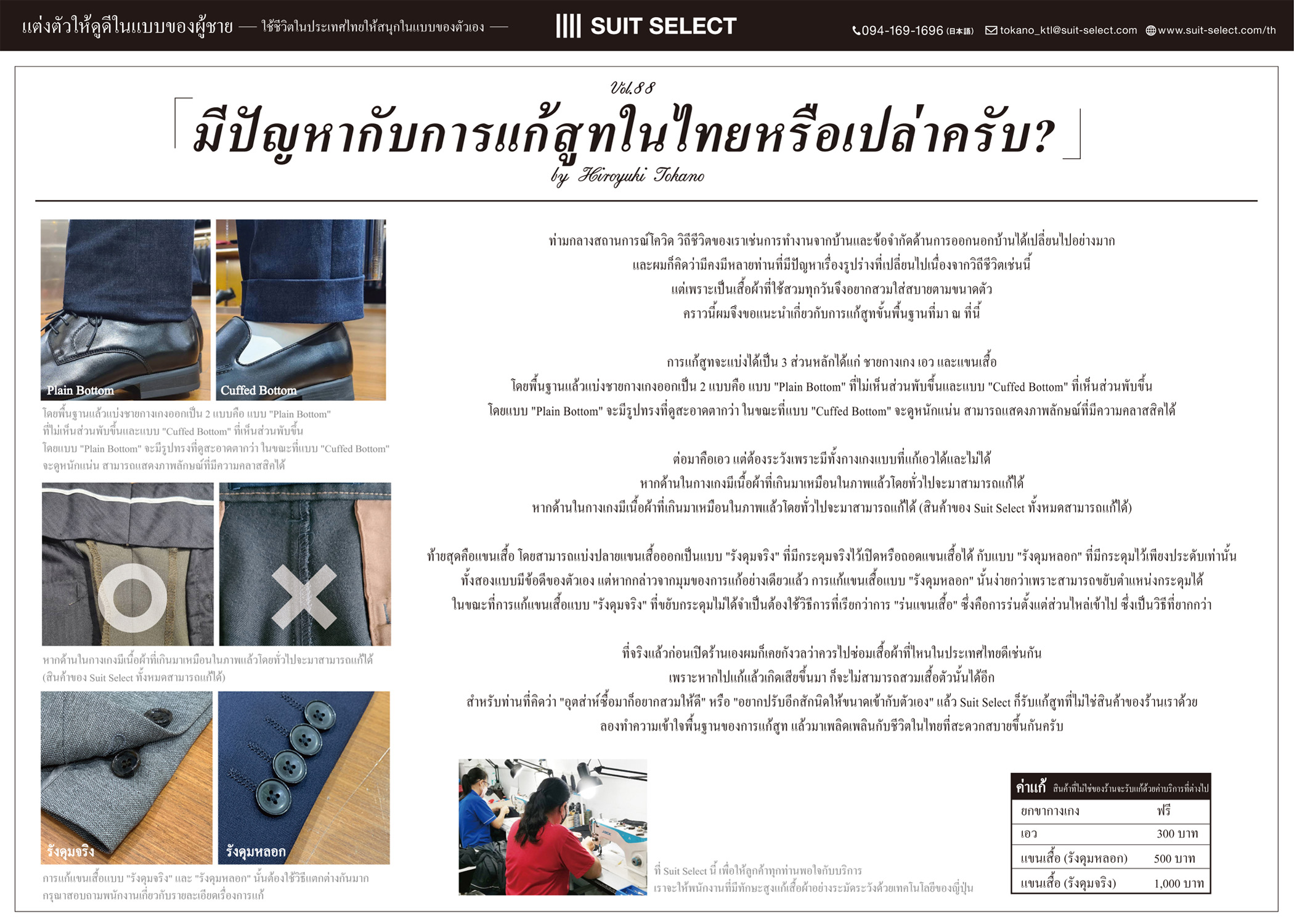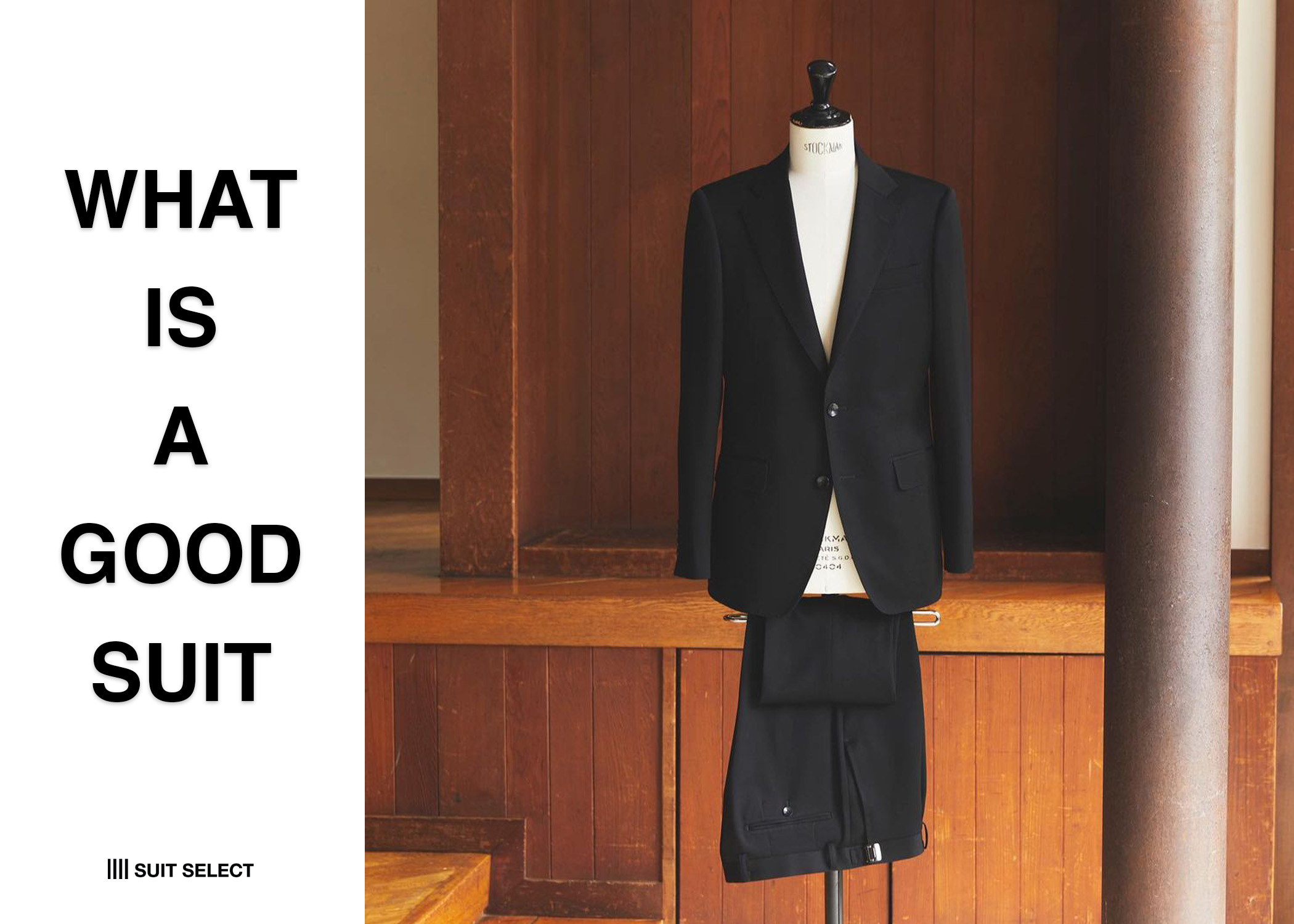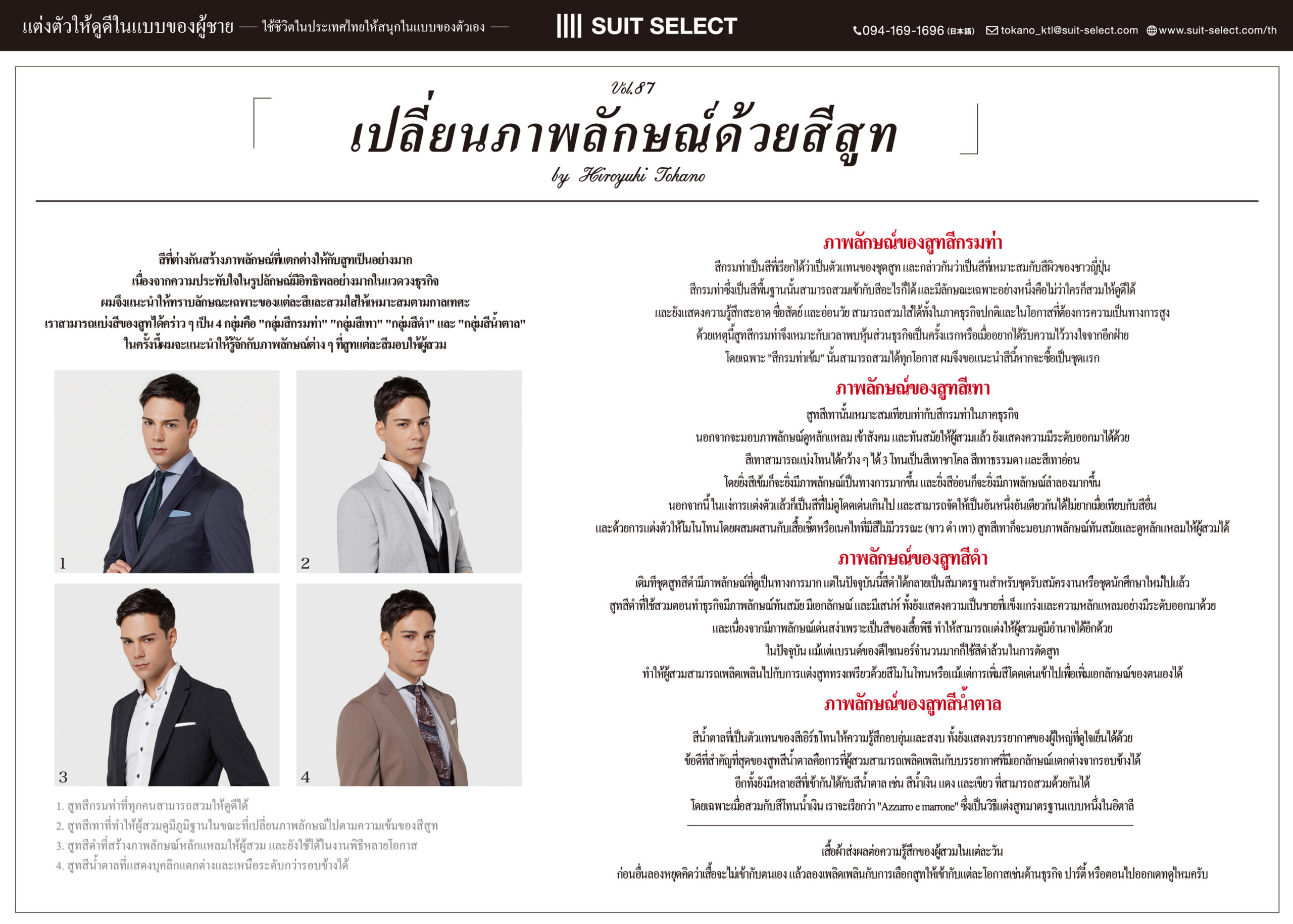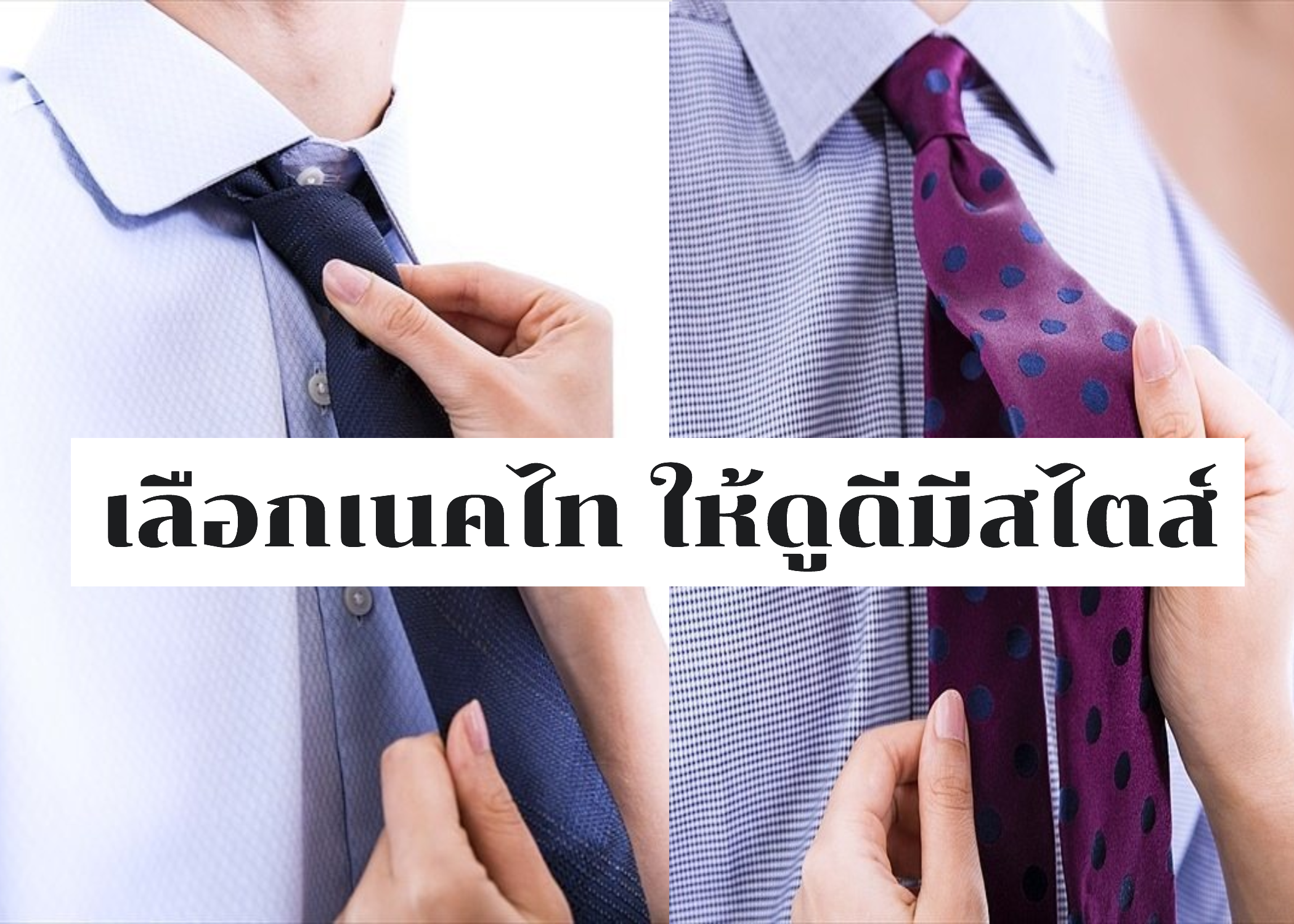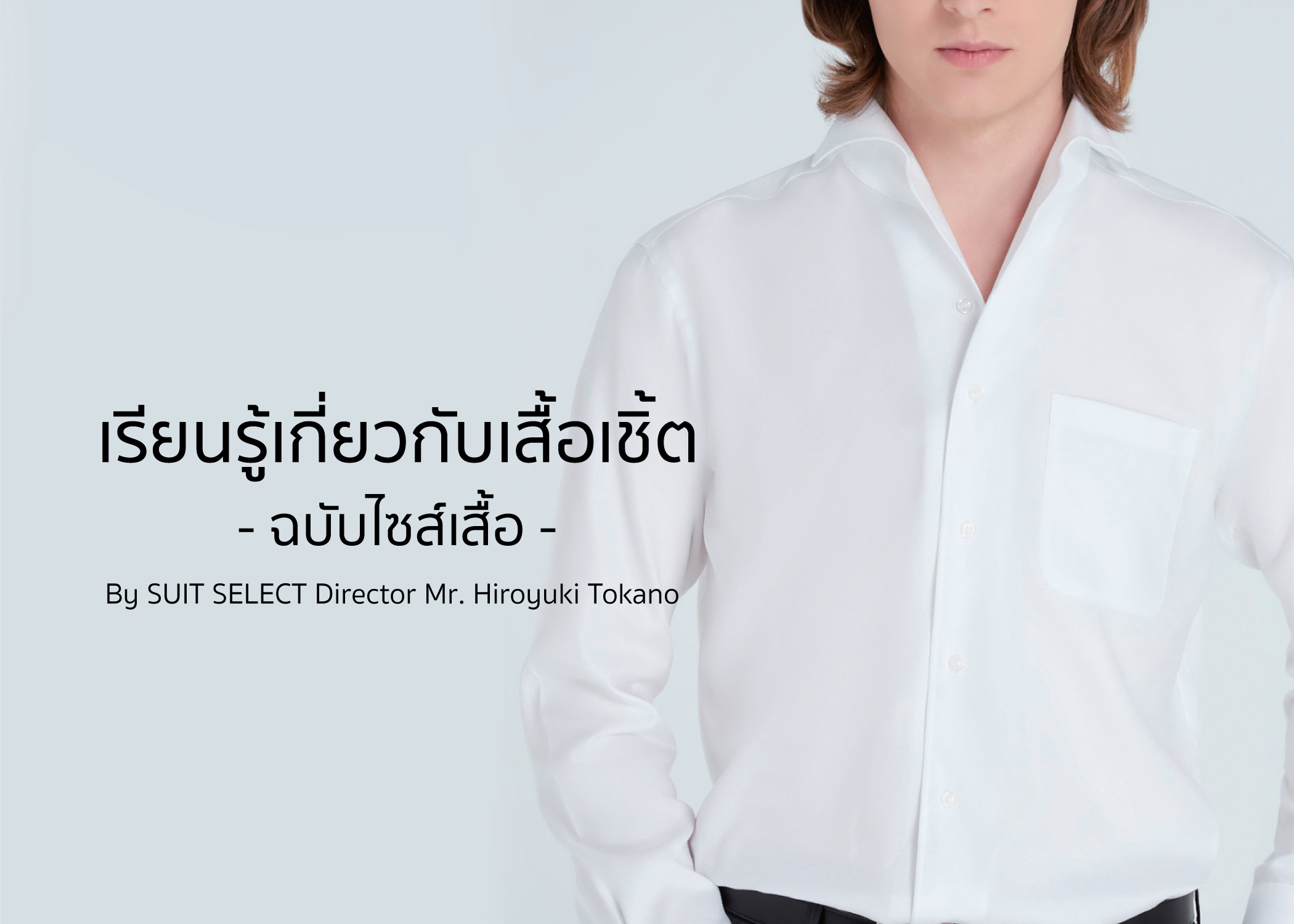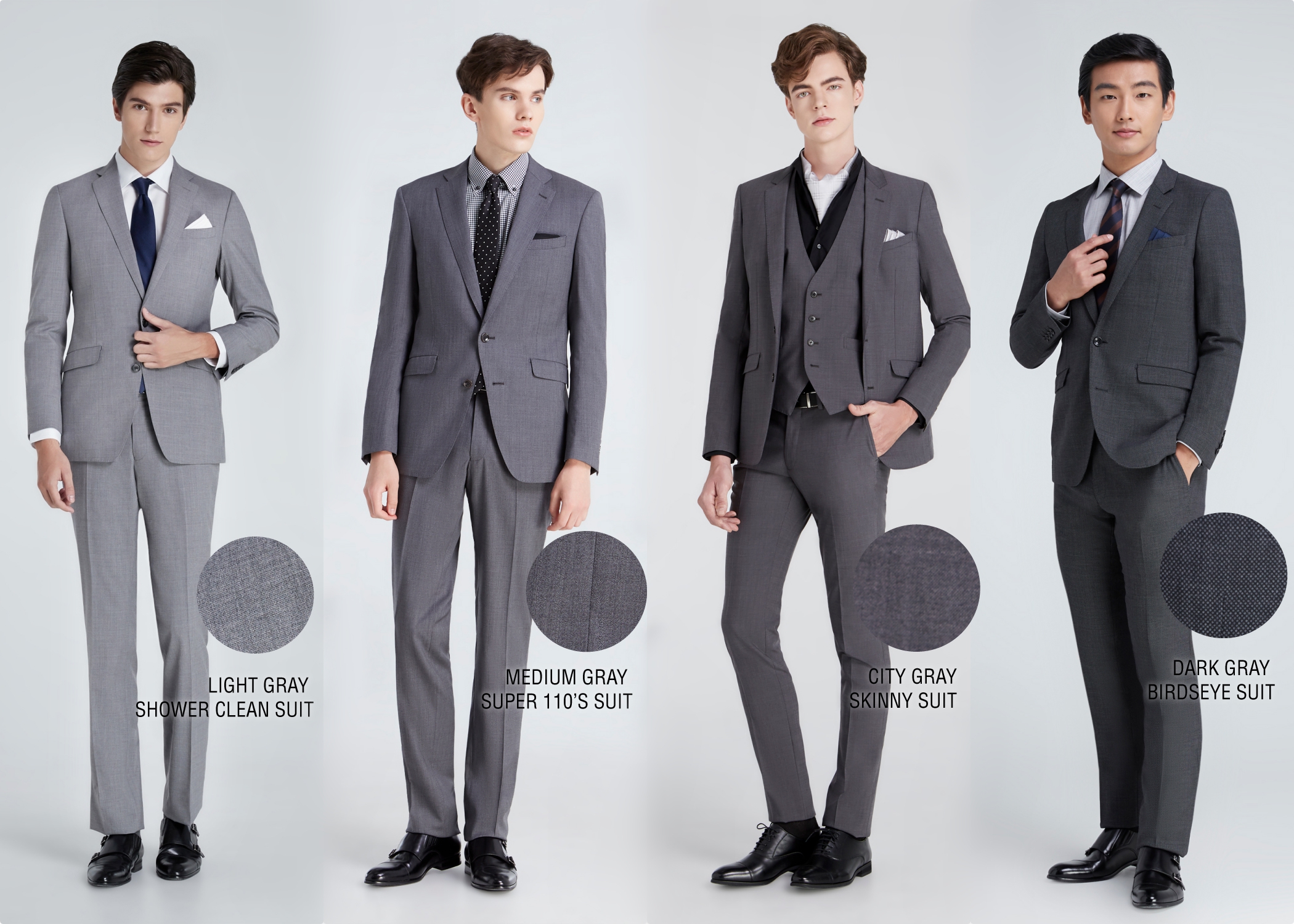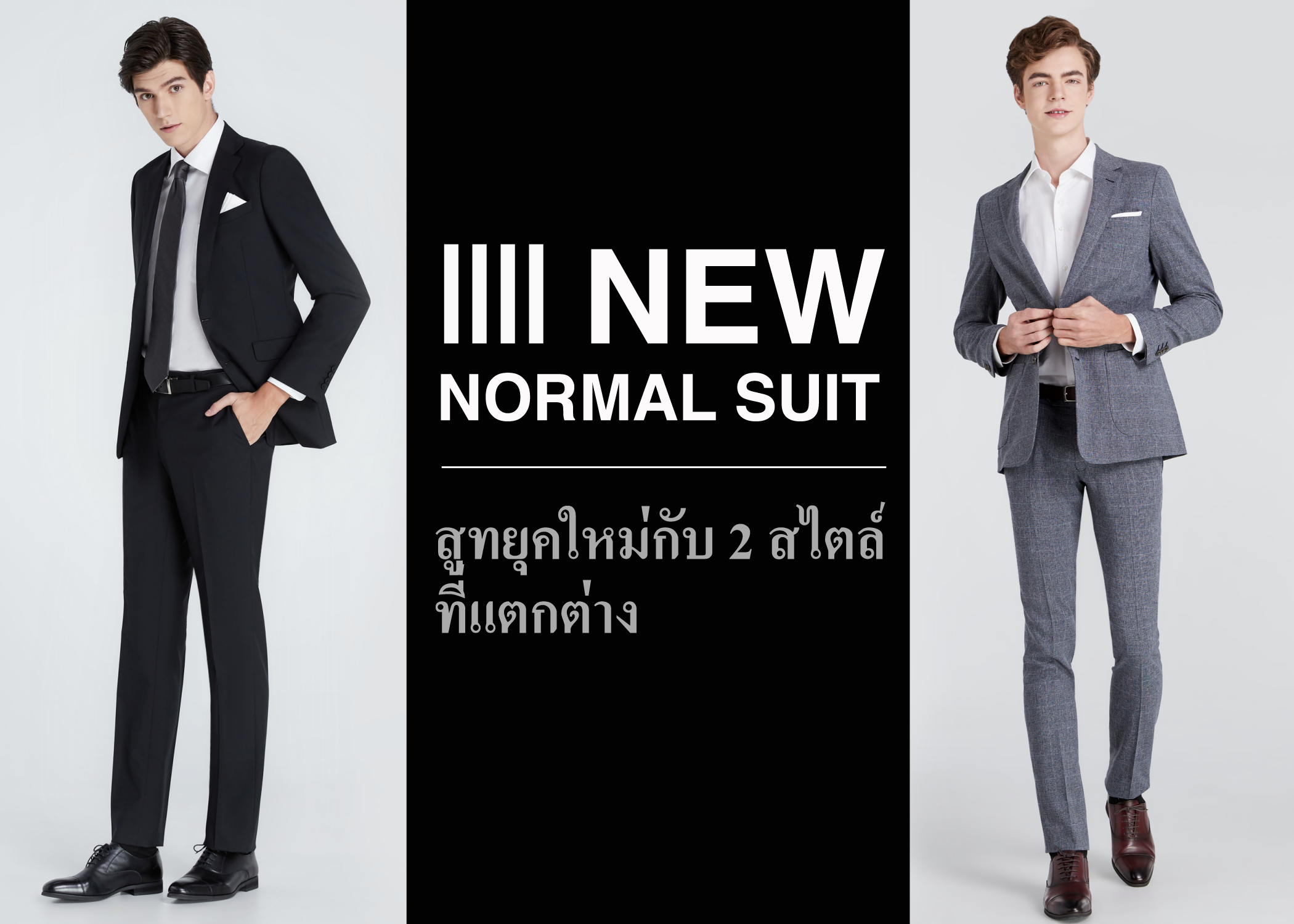History of “necktie” and “bow tie”
BUSINESS
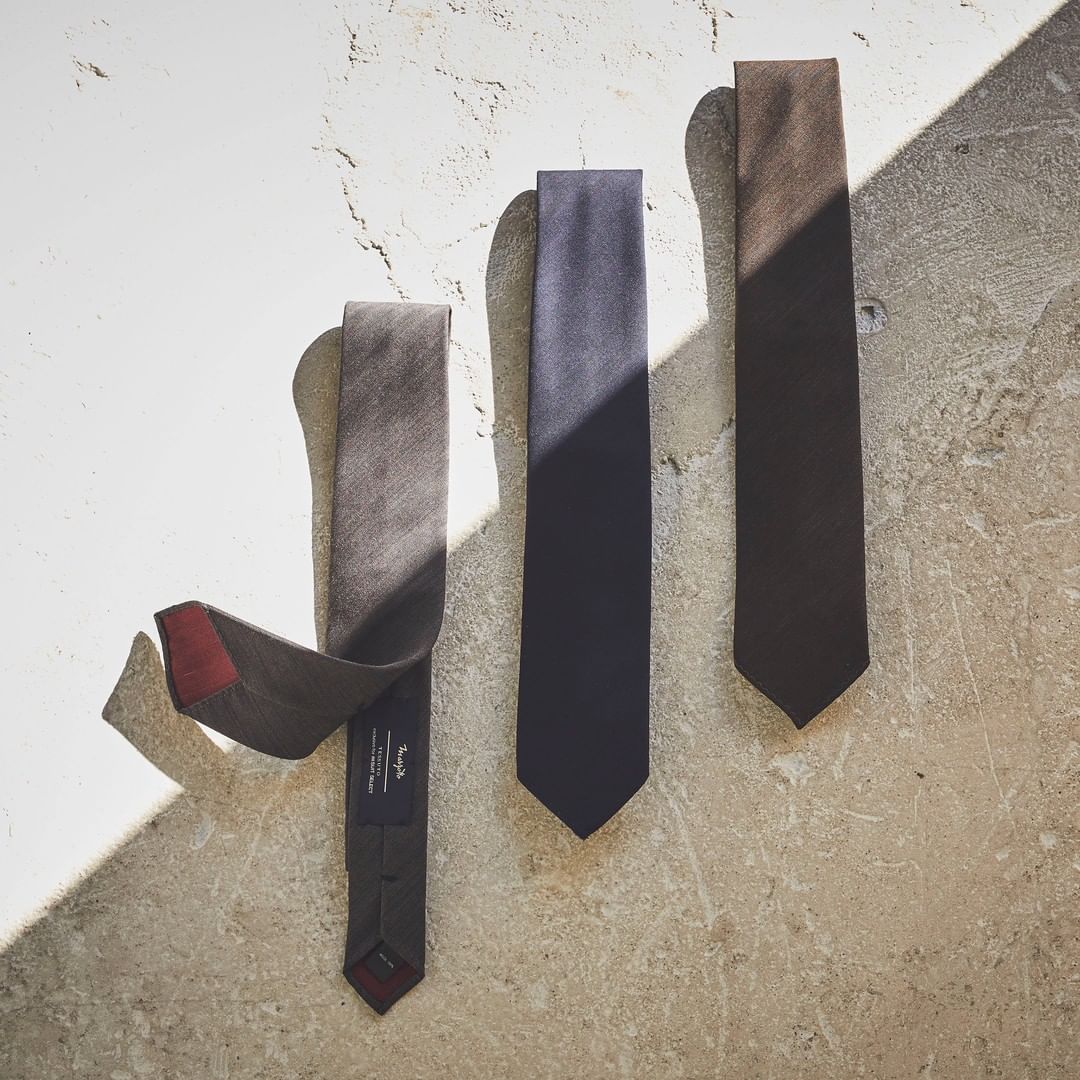
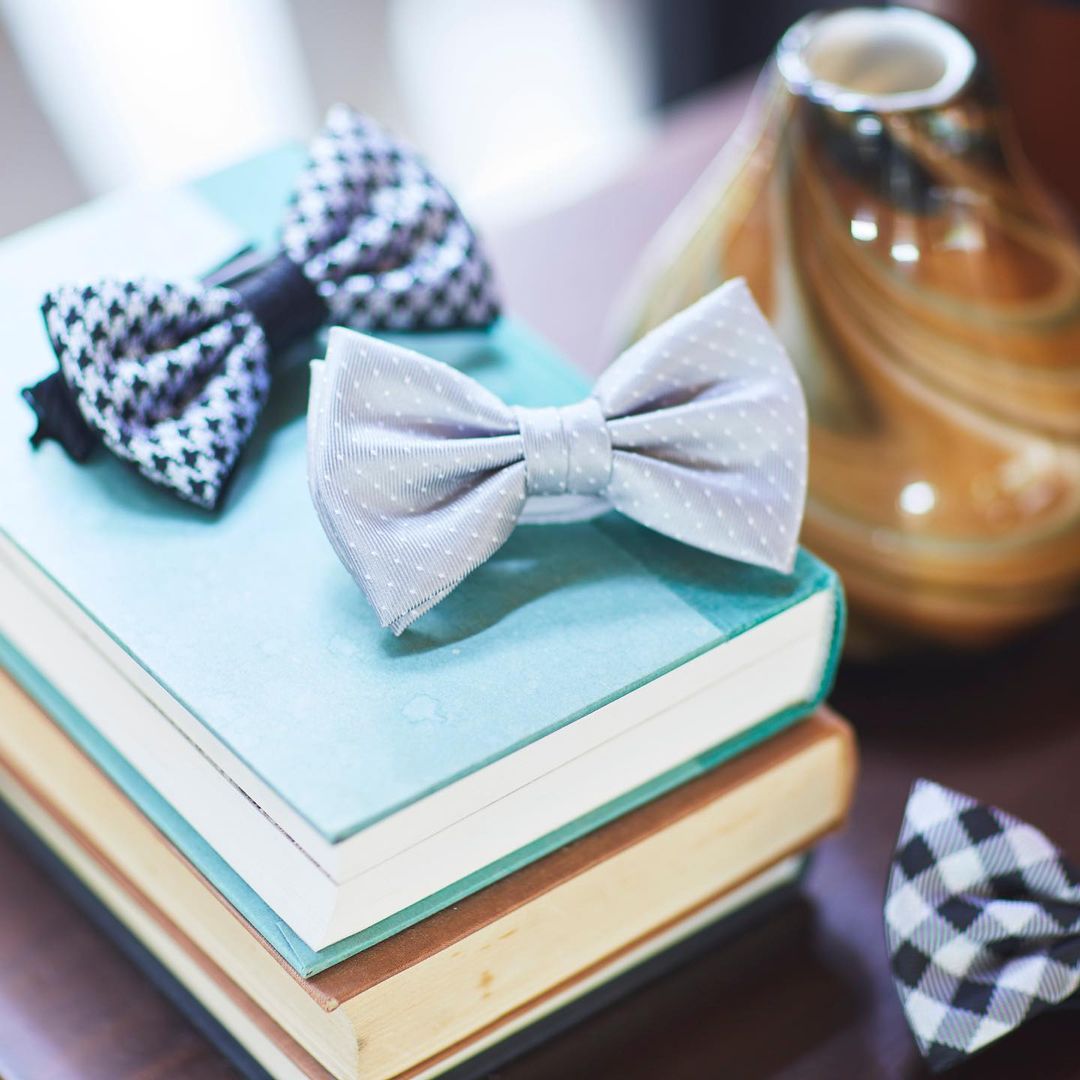
People in the west prefer to use neckwear for their stylish look. It can be seen that its wide ranges of styles have to be called collectively as neckwear. Unlike Thai people in the past, they wear only a draped cloth and then they adopted the western style and began to tie a bow tie or a scarf
The history of necktie began during the first century BC. At that time, when the weather was hot, Roman soldiers would use a scarf (called a focale) to relieve the heat but it did not helpful. It also was not stunning enough to be widely popular, and eventually the origin the necktie came from military again but from another group of soldiers.

In 1668, some Croats (now a minority in the Croatian region of Yugoslavia) were hired as soldiers for Austria stationed in France. This mercenaries had their uniforms in muslin and linen scarves. However, the scarves of both groups of soldiers had different purposes, is for the benefit and is a symbol of the group or the uniform itself but it still unable to reach the fashion society until the French men and women who are known as fashionista applied the idea. Popularity increased for using this linen and lace wrapped around the neck and tied in the middle of the front of the neck, leaving a long hem.
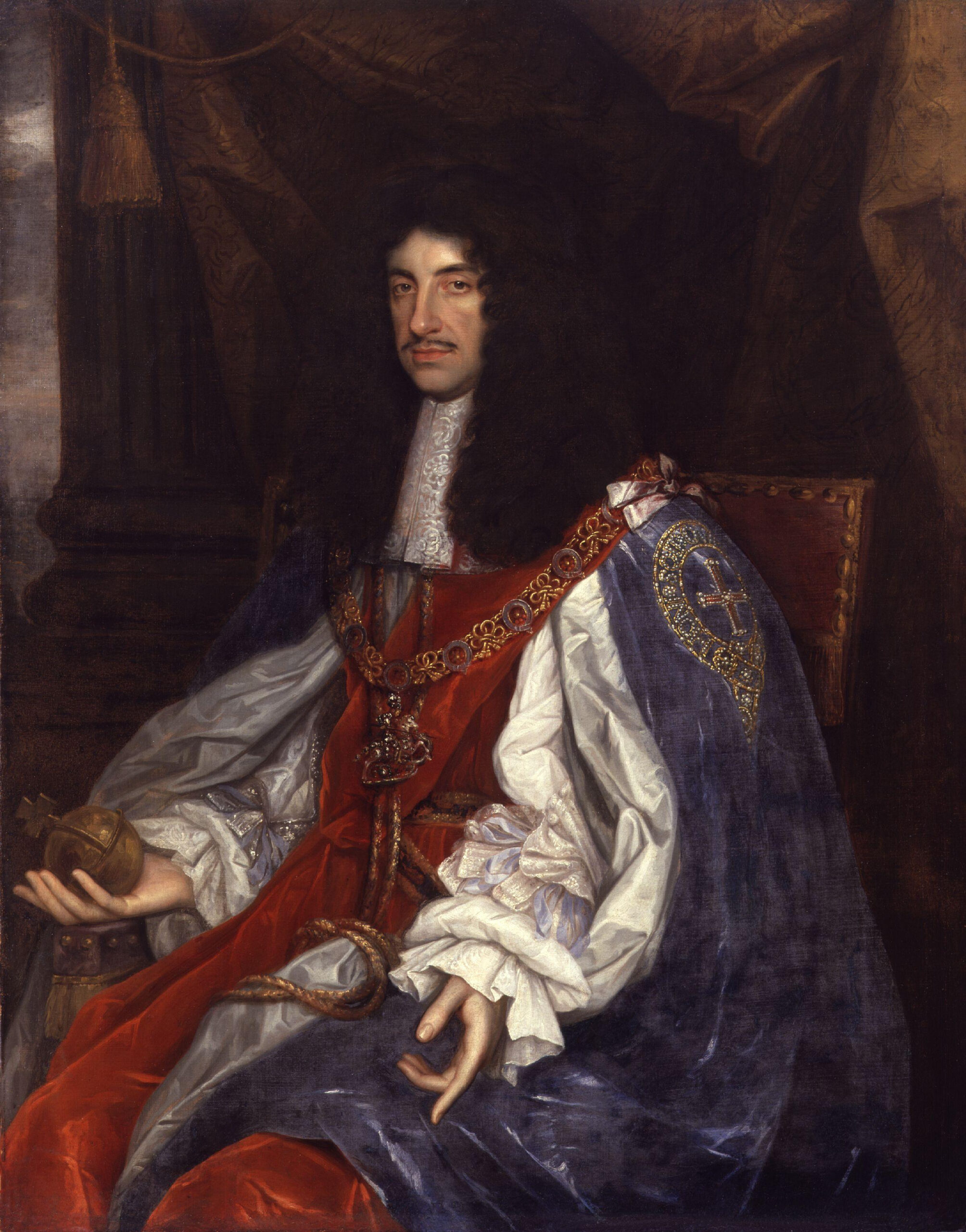
King Charles II of England
This scarves fashion was quickly spread to England. British people were extremely enthusiastic especially when King Charles II of England wear it and the people followed along. In addition, at that time, it was a period when the fashion industry was extremely booming. Before that, in 1665 there was an epidemic in London. And the following year, there was a big fire, but this scarf fashion is said to spread as fast as wildfires.
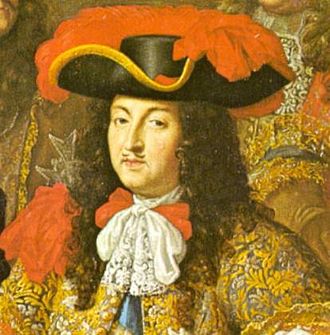
King Louis XIV wearing Cravat
The necktie evolved from Cravat by an American tailor named Jesse Langsdorf Patented in 1924, the necktie was designed with oblique cuts and patents. Until the 1950s, the necktie became so popular that it evoked the phrase “a man wasn’t fully dressed until he had put on his tie.” Neckties became fashionable in the 70s, with Ralph Lauren, a famous American boutique, designed a tie with a width of 10 cm. In the 80s, the artist’s artwork was drawn and printed on the tie.
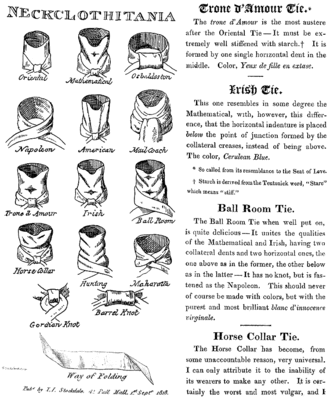
Centuries later, the fashion was well supported by Beau Brummel, who became famous for his large collection of ties. And there are so many different ways of tying a tie that become a controversial topic in both the Coffee Council and the press that should be tied in any way to be correct but these days the topic has only been a topic of discussion among men. The media at that time made a list of about 32 different ways to tie a necktie. Or bring yourself to the gathering of various fashion styles. For example, at any horse race we will see most of the spectators wear the scarves.
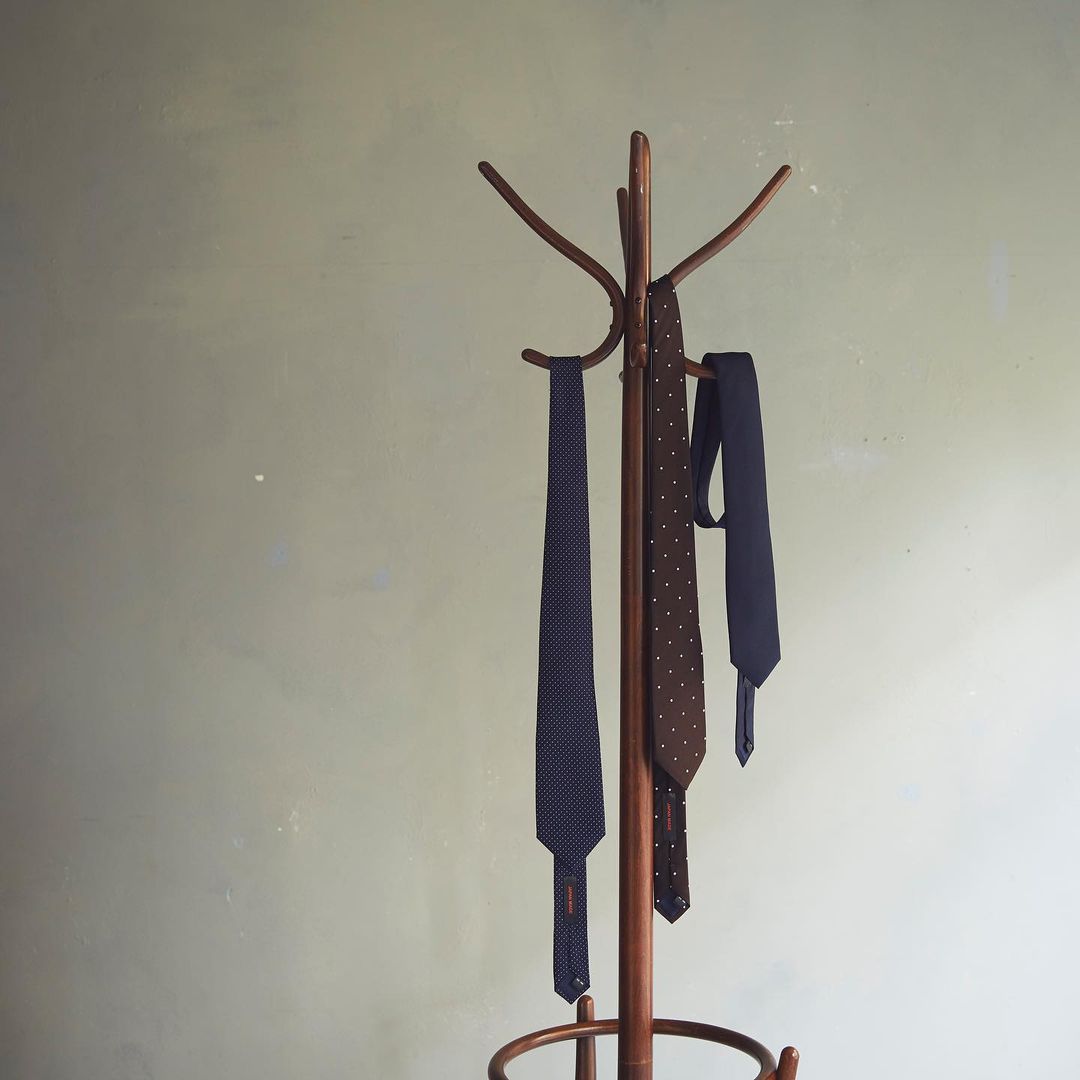
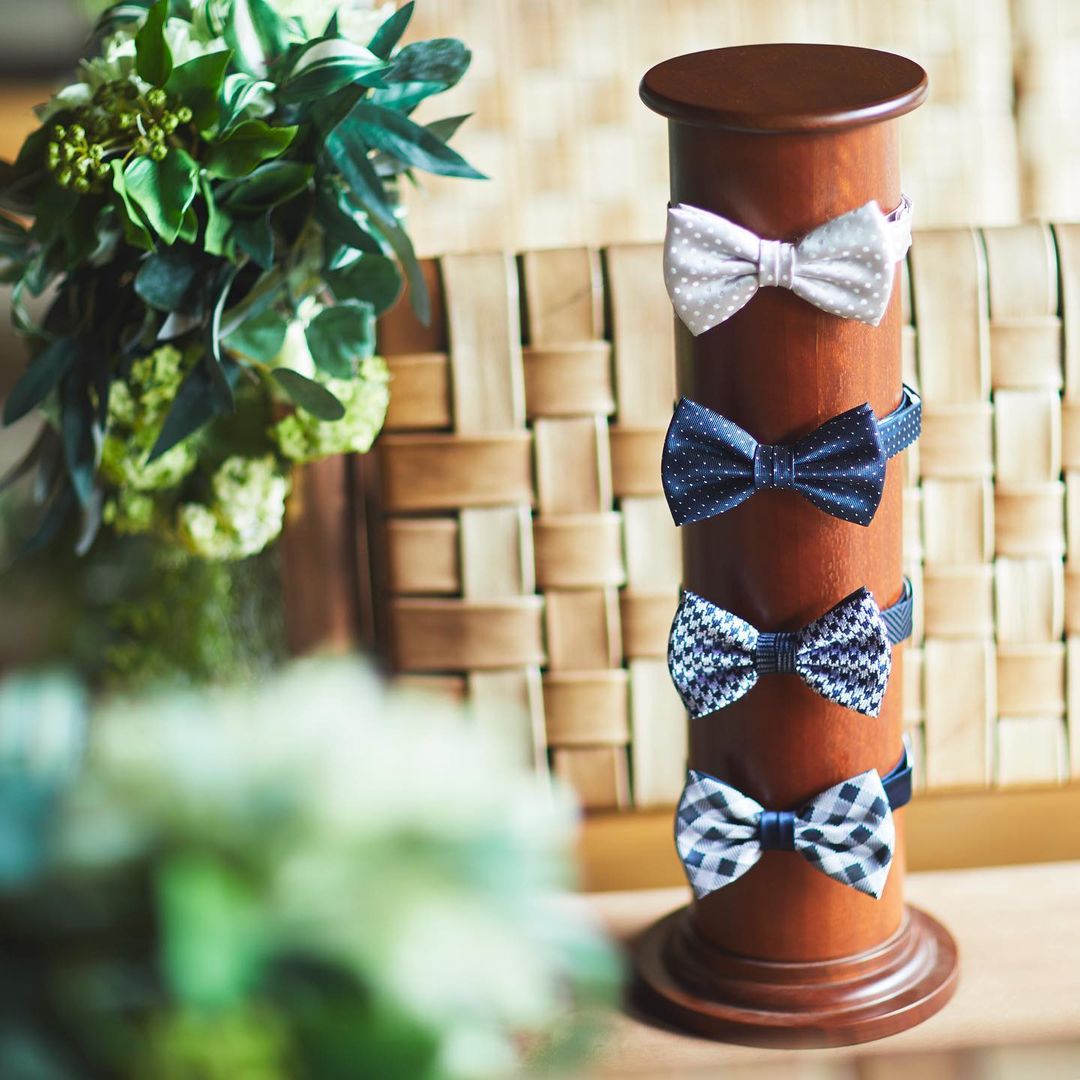
Nowadays, there are many types of fashion for neckwear, such as a long hanging down, a bow tie, the fabric used are ranging from plain fabric, jacquard fabric, the size of the fabric is either a thin line or expands at the end.
For bow tie, Fashion historians originally believed that the tiny bow tie that was attached to the collar developed from a long men’s neckerchief. But later it was argued that Croats had tied the bow tie centuries before. Croat’s bow tie is folded from a square handkerchief diagonally and tied in a bow, attaching to a rope around the neck.


Nowadays, neckties and bow ties are not just a matter of fashion. In another words, both types of scarves also play a role in social circles because it has become a symbol of politeness in the popular styling.




